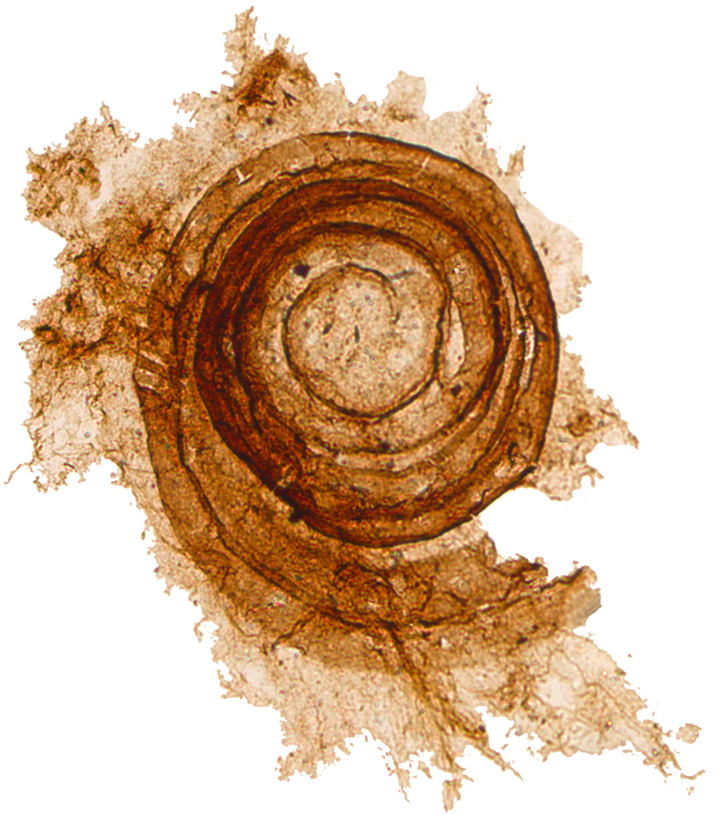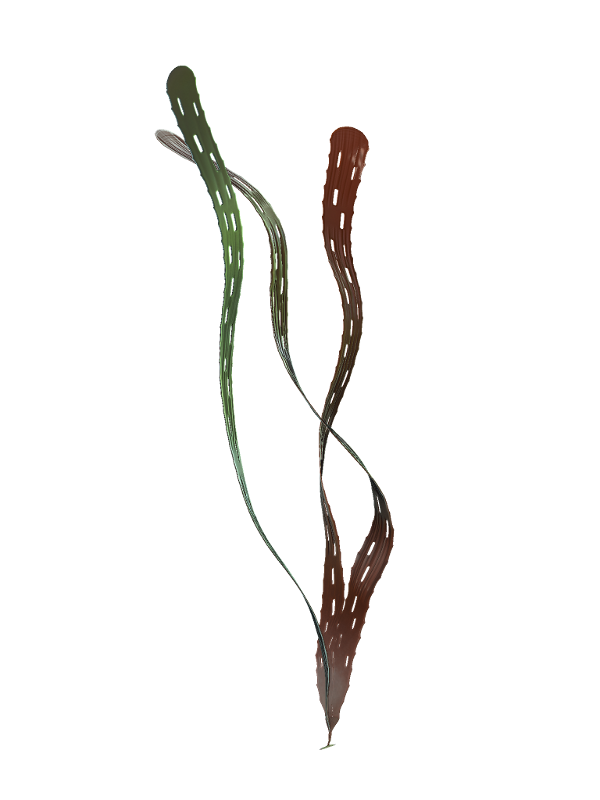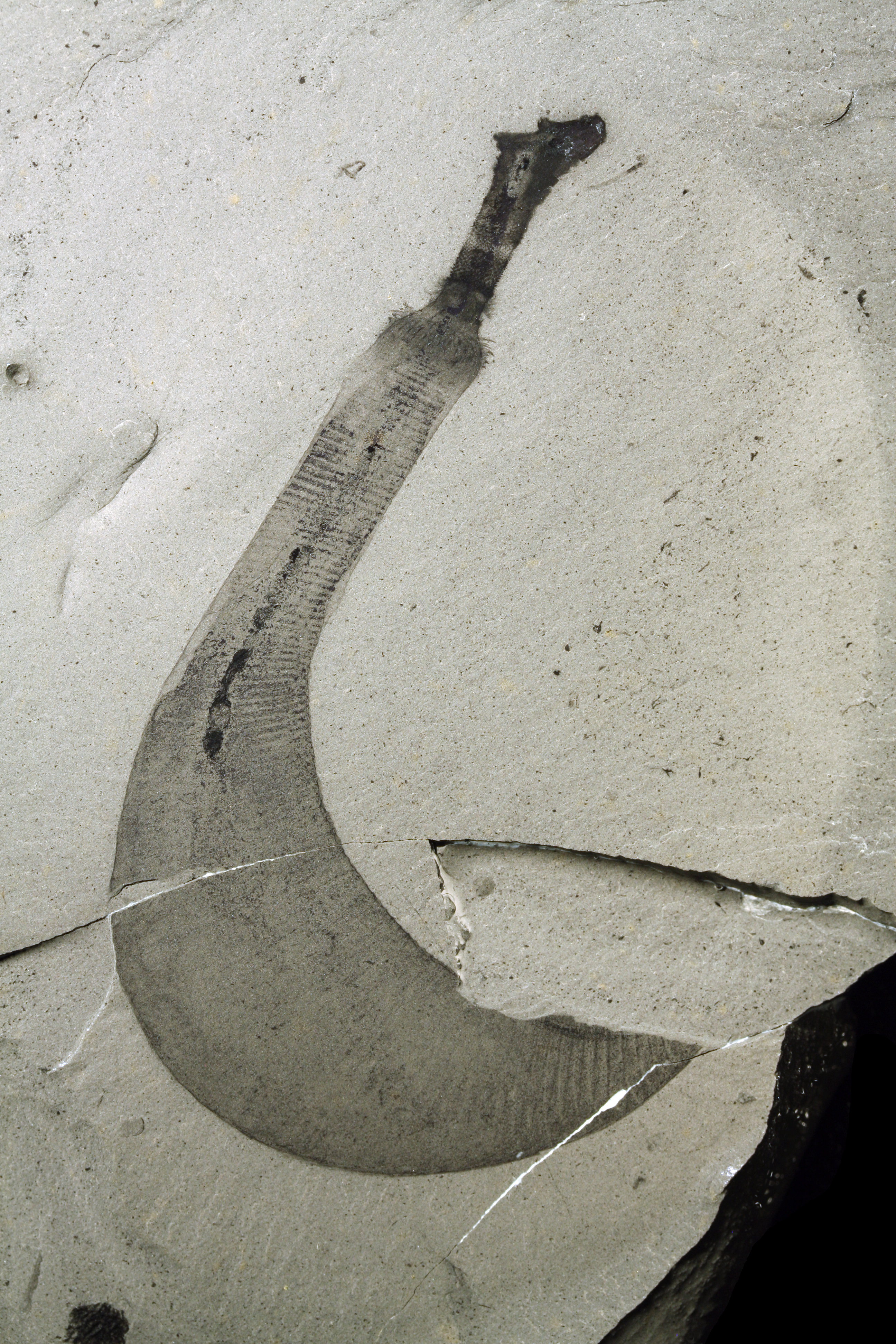|
Olivooides
''Olivooides'' is an extinct, sphere-shaped microfossil from Cambrian strata. Fossils are currently known only from China. ''Olivooides'' was approximately 600‐870 μm in diameter. It was an egg with a large yolk content. Fossils from Shaanxi, China can be found in the cleavage, gastrulation, organogenesis, cuticularization, pre‐hatching, post‐hatching and subsequent growth stages of development. This fossil is a result of soft-bodied preservation. ''Olivooides'' has pentaradial symmetry and is usually preserved by calcium phosphate endocast. The internal structure is rarely preserved. It has no larval stage, so it likely had a quick and direct development. Little is known about which organisms ''Olivooides'' is related to. It has similarities to priapulid Priapulida (priapulid worms, from Gr. πριάπος, ''priāpos'' 'Priapus' + Lat. ''-ul-'', diminutive), sometimes referred to as penis worms, is a phylum of unsegmented marine worms. The name of the phylum relate ... [...More Info...] [...Related Items...] OR: [Wikipedia] [Google] [Baidu] |
Animalia
Animals are multicellular, eukaryotic organisms in the biological kingdom Animalia. With few exceptions, animals consume organic material, breathe oxygen, are able to move, can reproduce sexually, and go through an ontogenetic stage in which their body consists of a hollow sphere of cells, the blastula, during embryonic development. Over 1.5 million living animal species have been described—of which around 1 million are insects—but it has been estimated there are over 7 million animal species in total. Animals range in length from to . They have complex interactions with each other and their environments, forming intricate food webs. The scientific study of animals is known as zoology. Most living animal species are in Bilateria, a clade whose members have a Symmetry in biology#Bilateral symmetry, bilaterally symmetric body plan. The Bilateria include the protostomes, containing animals such as nematodes, arthropods, flatworms, annelids and molluscs, and th ... [...More Info...] [...Related Items...] OR: [Wikipedia] [Google] [Baidu] |
Cnidaria
Cnidaria () is a phylum under kingdom Animalia containing over 11,000 species of aquatic animals found both in Fresh water, freshwater and Marine habitats, marine environments, predominantly the latter. Their distinguishing feature is cnidocytes, specialized cells that they use mainly for capturing prey. Their bodies consist of mesoglea, a non-living jelly-like substance, sandwiched between two layers of epithelium that are mostly one cell (biology), cell thick. Cnidarians mostly have two basic body forms: swimming Medusa (biology), medusae and Sessility (motility), sessile polyp (zoology), polyps, both of which are Symmetry (biology)#Radial symmetry, radially symmetrical with mouths surrounded by tentacles that bear cnidocytes. Both forms have a single Body orifice, orifice and body cavity that are used for digestion and respiration (physiology), respiration. Many cnidarian species produce Colony (biology), colonies that are single organisms composed of medusa-like or polyp (z ... [...More Info...] [...Related Items...] OR: [Wikipedia] [Google] [Baidu] |
Medusozoa
Medusozoa is a clade in the phylum Cnidaria, and is often considered a subphylum. It includes the classes Hydrozoa, Scyphozoa, Staurozoa and Cubozoa, and possibly the parasitic Polypodiozoa. Medusozoans are distinguished by having a medusa stage in their often complex life cycle, a medusa typically being an umbrella-shaped body with stinging tentacles around the edge. With the exception of some Hydrozoa (and Polypodiozoa), all are called jellyfish in their free-swimming medusa phase. Evolution The phylum Cnidaria is widely accepted as being monophyletic and consisting of two clades, Anthozoa and Medusozoa. Anthozoa includes the classes Hexacorallia, the hard corals, and Octocorallia, the soft corals, as well as Ceriantharia, the tube-dwelling anemones. There is strong support for this group having been the first to branch off from the ancestral line. Medusozoa includes the classes Staurozoa, Cubozoa, Scyphozoa and Hydrozoa, but the relationships between these are unclear. An ... [...More Info...] [...Related Items...] OR: [Wikipedia] [Google] [Baidu] |
Cubozoa
Box jellyfish (class Cubozoa) are cnidarian invertebrates distinguished by their box-like (i.e. cube-shaped) body. Some species of box jellyfish produce potent venom delivered by contact with their tentacles. Stings from some species, including '' Chironex fleckeri'', '' Carukia barnesi'', ''Malo kingi'', and a few others, are extremely painful and often fatal to humans. Taxonomy and systematics At least 51 species of box jellyfish were known as of 2018. These are grouped into two orders and eight families. A few new species have since been described, and it is likely that additional undescribed species remain. Cubozoa represents the smallest cnidarian Cnidaria () is a phylum under kingdom Animalia containing over 11,000 species of aquatic animals found both in Fresh water, freshwater and Marine habitats, marine environments, predominantly the latter. Their distinguishing feature is cnidocyt ... class with approximately 50 species. Class Cubozoa * Order Carybdeida ** Fam ... [...More Info...] [...Related Items...] OR: [Wikipedia] [Google] [Baidu] |
Microfossil
A microfossil is a fossil that is generally between 0.001 mm and 1 mm in size, the visual study of which requires the use of light or electron microscopy. A fossil which can be studied with the naked eye or low-powered magnification, such as a hand lens, is referred to as a macrofossil. Microfossils are a common feature of the geological record, from the Precambrian to the Holocene. They are most common in deposits of marine environments, but also occur in brackish water, fresh water and terrestrial sedimentary deposits. While every kingdom of life is represented in the microfossil record, the most abundant forms are protist skeletons or microbial cysts from the Chrysophyta, Pyrrhophyta, Sarcodina, acritarchs and chitinozoans, together with pollen and spores from the vascular plants. Overview A microfossil is a descriptive term applied to fossilized plants and animals whose size is just at or below the level at which the fossil can be analyzed by the naked eye. A ... [...More Info...] [...Related Items...] OR: [Wikipedia] [Google] [Baidu] |
Cambrian
The Cambrian Period ( ; sometimes symbolized Ꞓ) was the first geological period of the Paleozoic Era, and of the Phanerozoic Eon. The Cambrian lasted 53.4 million years from the end of the preceding Ediacaran Period 538.8 million years ago (mya) to the beginning of the Ordovician Period mya. Its subdivisions, and its base, are somewhat in flux. The period was established as "Cambrian series" by Adam Sedgwick, who named it after Cambria, the Latin name for 'Cymru' (Wales), where Britain's Cambrian rocks are best exposed. Sedgwick identified the layer as part of his task, along with Roderick Murchison, to subdivide the large "Transition Series", although the two geologists disagreed for a while on the appropriate categorization. The Cambrian is unique in its unusually high proportion of sedimentary deposits, sites of exceptional preservation where "soft" parts of organisms are preserved as well as their more resistant shells. As a result, our understanding of the Cambria ... [...More Info...] [...Related Items...] OR: [Wikipedia] [Google] [Baidu] |
Shaanxi
Shaanxi (alternatively Shensi, see § Name) is a landlocked province of China. Officially part of Northwest China, it borders the province-level divisions of Shanxi (NE, E), Henan (E), Hubei (SE), Chongqing (S), Sichuan (SW), Gansu (W), Ningxia (NW) and Inner Mongolia (N). Shaanxi covers an area of over with about 37 million people, the 16th highest in China. Xi'an – which includes the sites of the former Chinese capitals Fenghao and Chang'an – is the provincial capital as well as the largest city in Northwest China and also one of the oldest cities in China and the oldest of the Four Great Ancient Capitals, being the capital for the Western Zhou, Western Han, Jin, Sui and Tang dynasties. Xianyang, which served as the Qin dynasty capital, is just north across Wei River. The other prefecture-level cities into which the province is divided are Ankang, Baoji, Hanzhong, Shangluo, Tongchuan, Weinan, Yan'an and Yulin. The province is geographically div ... [...More Info...] [...Related Items...] OR: [Wikipedia] [Google] [Baidu] |
Gastrulation
Gastrulation is the stage in the early embryonic development of most animals, during which the blastula (a single-layered hollow sphere of cells), or in mammals the blastocyst is reorganized into a multilayered structure known as the gastrula. Before gastrulation, the embryo is a continuous epithelial sheet of cells; by the end of gastrulation, the embryo has begun differentiation to establish distinct cell lineages, set up the basic axes of the body (e.g. dorsal-ventral, anterior-posterior), and internalized one or more cell types including the prospective gut. In triploblastic organisms, the gastrula is trilaminar (three-layered). These three germ layers are the ectoderm (outer layer), mesoderm (middle layer), and endoderm (inner layer).Mundlos 2009p. 422/ref>McGeady, 2004: p. 34 In diploblastic organisms, such as Cnidaria and Ctenophora, the gastrula has only ectoderm and endoderm. The two layers are also sometimes referred to as the ''hypoblast'' and ''epiblast' ... [...More Info...] [...Related Items...] OR: [Wikipedia] [Google] [Baidu] |
Organogenesis
Organogenesis is the phase of embryonic development that starts at the end of gastrulation and continues until birth. During organogenesis, the three germ layers formed from gastrulation (the ectoderm, endoderm, and mesoderm) form the internal organs of the organism. The cells of each of the three germ layers undergo differentiation, a process where less-specialized cells become more-specialized through the expression of a specific set of genes. Cell differentiation is driven by cell signaling cascades. Differentiation is influenced by extracellular signals such as growth factors that are exchanged to adjacent cells which is called juxtracrine signaling or to neighboring cells over short distances which is called paracrine signaling. Intracellular signals consist of a cell signaling itself ( autocrine signaling), also play a role in organ formation. These signaling pathways allow for cell rearrangement and ensure that organs form at specific sites within the organism. The o ... [...More Info...] [...Related Items...] OR: [Wikipedia] [Google] [Baidu] |
Priapulid
Priapulida (priapulid worms, from Gr. πριάπος, ''priāpos'' 'Priapus' + Lat. ''-ul-'', diminutive), sometimes referred to as penis worms, is a phylum of unsegmented marine worms. The name of the phylum relates to the Greek god of fertility, because their general shape and their extensible spiny introvert (eversible) proboscis may resemble the shape of a human penis. They live in the mud and in comparatively shallow waters up to deep. Some species show a remarkable tolerance for hydrogen sulfide and anoxia. They can be quite abundant in some areas. In an Alaskan bay as many as 85 adult individuals of ''Priapulus caudatus'' per square meter has been recorded, while the density of its larvae can be as high as 58,000 per square meter. Together with Echiura and Sipuncula, they were once placed in the taxon Gephyrea, but consistent morphological and molecular evidence supports their belonging to Ecdysozoa, which also includes arthropods and nematodes. Fossil findings show th ... [...More Info...] [...Related Items...] OR: [Wikipedia] [Google] [Baidu] |
Microfossils
A microfossil is a fossil that is generally between 0.001 mm and 1 mm in size, the visual study of which requires the use of light or electron microscopy. A fossil which can be studied with the naked eye or low-powered magnification, such as a hand lens, is referred to as a macrofossil. Microfossils are a common feature of the geological record, from the Precambrian to the Holocene. They are most common in deposits of marine environments, but also occur in brackish water, fresh water and terrestrial sedimentary deposits. While every kingdom of life is represented in the microfossil record, the most abundant forms are protist skeletons or microbial cysts from the Chrysophyta, Pyrrhophyta, Sarcodina, acritarchs and chitinozoans, together with pollen and spores from the vascular plants. Overview A microfossil is a descriptive term applied to fossilized plants and animals whose size is just at or below the level at which the fossil can be analyzed by the naked eye. ... [...More Info...] [...Related Items...] OR: [Wikipedia] [Google] [Baidu] |
Prehistoric Animals Of China
Prehistory, also known as pre-literary history, is the period of human history between the use of the first stone tools by hominins 3.3 million years ago and the beginning of recorded history with the invention of writing systems. The use of symbols, marks, and images appears very early among humans, but the earliest known writing systems appeared 5000 years ago. It took thousands of years for writing systems to be widely adopted, with writing spreading to almost all cultures by the 19th century. The end of prehistory therefore came at very different times in different places, and the term is less often used in discussing societies where prehistory ended relatively recently. In the early Bronze Age, Sumer in Mesopotamia, the Indus Valley Civilisation, and ancient Egypt were the first civilizations to develop their own scripts and to keep historical records, with their neighbors following. Most other civilizations reached the end of prehistory during the following Iron Age. ... [...More Info...] [...Related Items...] OR: [Wikipedia] [Google] [Baidu] |









